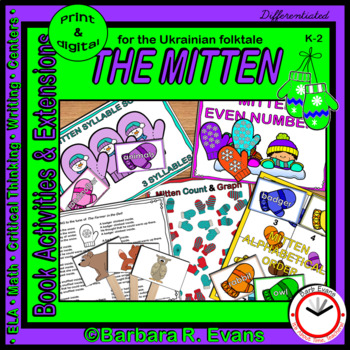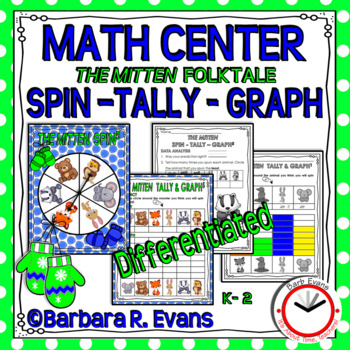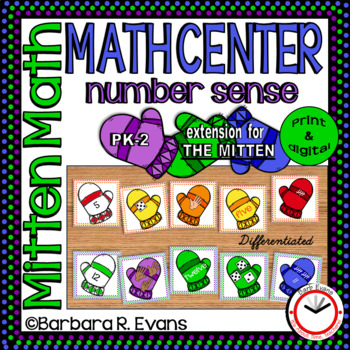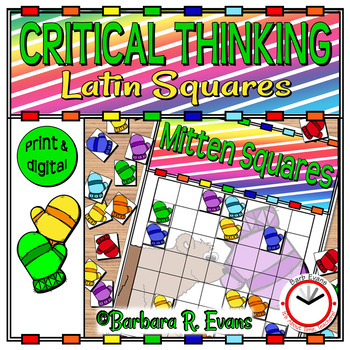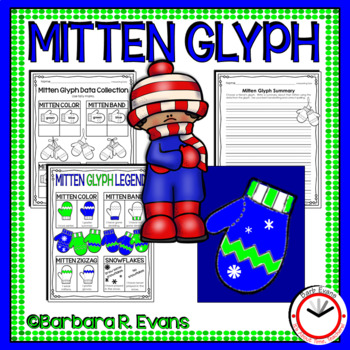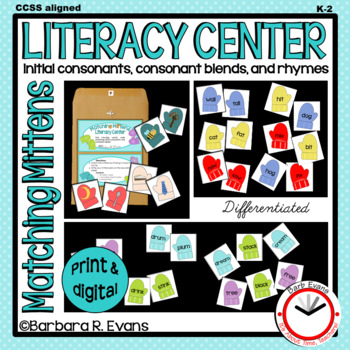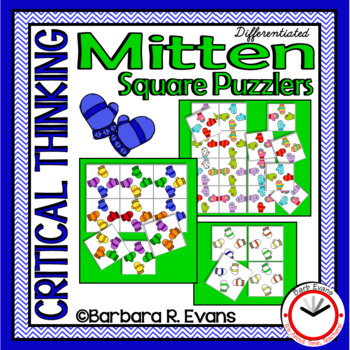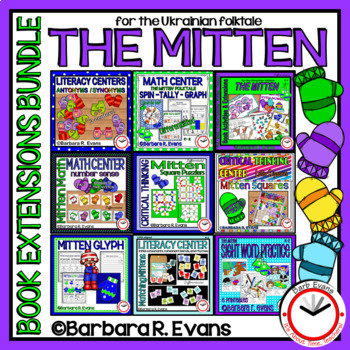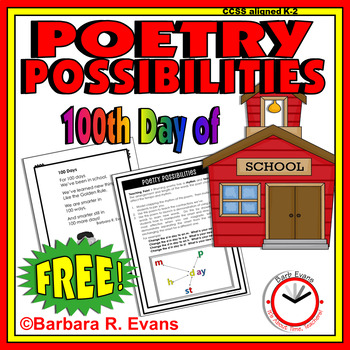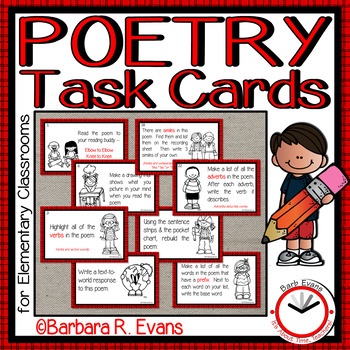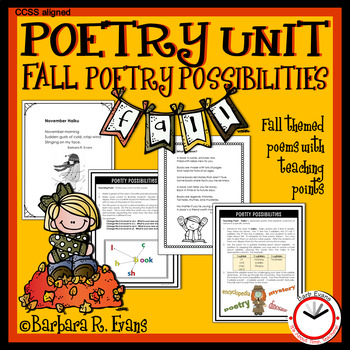Do you share any version of THE MITTEN with your students? I like to share all the versions I can find; then compare them. My students love to create a graph showing which book is their favorite.
Then we compare the animals:
- Are the same animals in each version?
- How many animals are in each story?
- Do the same animals look different in each book?
- etc.
- What color and material is the mitten?
- How was the mitten lost?
- What happened to the mitten at the end of the story?
- etc.
Evaluate the illustrations, in general:
- Note the pattern of the colors in Tresselt's book.
- Explain personification as it applies to Tresselt's illustrations (clothing).
- Draw attention to the Brett illustrations that foreshadow the next animal to appear.
- Lead your students to understand that Aylesworth's animals all point to their toes and describe them as "cold as ice."
- etc.
Comparing the animals from each version readily leads to a Venn diagram:
Naturally, you could use pictures of the animals instead of the words, if you are working with pre-readers.
Teach your students to sing and act out THE MITTEN song. I took the verbs from Jan Brett's book. They are easy to act out. However, you can certainly substitute the verbs with more familiar ones or verbs your students suggest. For example, I love "The badger barged inside," because of the alliteration and the action absolutely describes the aggressive nature of a badger.
Math centers include:
Naturally, you may amend the song to reflect the animals from the book you read or declared as the class favorite.
I like to immerse my class in all things mitten, so for the week we are studying this folktale, I provide a plethora of materials with the mitten theme.
This is a thematic unit with printables, literacy centers, and math centers.
This bulletin board display is awesome as a math center, anchor activity, sponge activity, enrichment, and/or fast finishers' challenge.
Math centers include:
Literacy Centers include:
I've created a bundle of all of these products. When you buy the bundle, you save 20%. That's a lot of mitten learning for 1 great price.
I hope you enjoy your mitten time!





